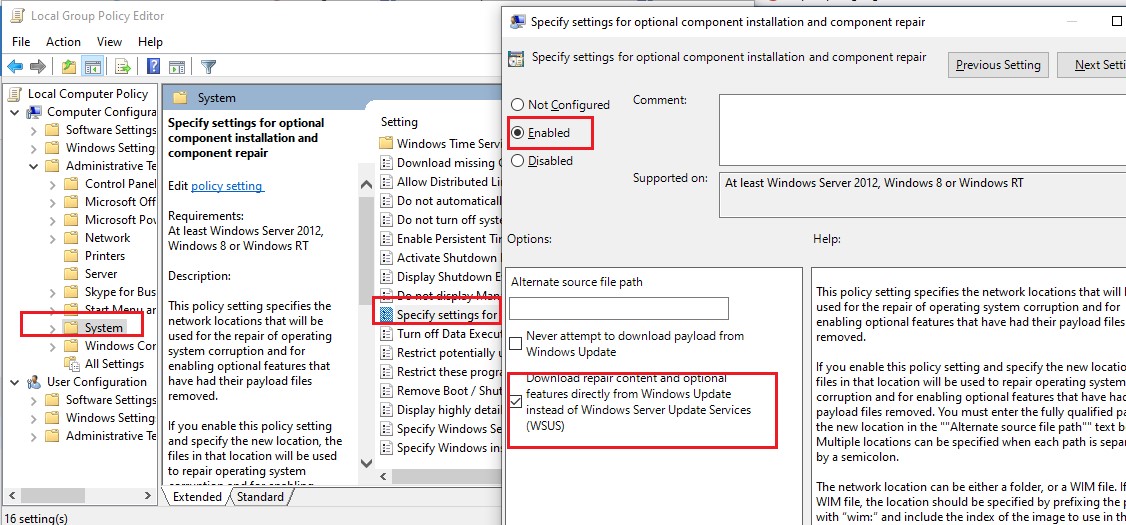


Unlike WSUS the clients do not download or install updates directly from a software update point. We know that WSUS is a standalone solution that enables the administrators to deploy the latest Microsoft product updates. What is Software Update Point in Configuration ManagerĪ software update point is a WSUS server controlled by Configuration Manager.
Enable SUP Classifications and Products. Verify Software Update Point Role Installation. Configure Max Run time for Software Update Installation. Software Update Point proxy server settings. 
Install SCCM Software Update Point Role.What is Software Update Point in Configuration Manager.Internally, it uses module augmentation to extend the default theme structure with the extension components available in the lab. In order to benefit from the CSS overrides and default prop customization with the theme, TypeScript users need to import the following types. If you are not already using MUI in your project, you can install it with: // with npm The lab has a peer dependency on the core components. Install the package in your project directory with: // with npm For instance, if it needs a new feature that will likely require a breaking change, it may be preferable to delay its promotion to the core.
 It needs to have a low probability of a breaking change in the short/medium future. Can it be used as leverage to incentivize users to upgrade to the latest major release? The less fragmented the community is, the better. Some of the lab components don't currently have comprehensive tests. It is not currently required that a lab component is typed, but it would need to be typed to move to the core. Each component needs type definitions. It doesn't have to be perfect to be part of the core, but the component should be reliable enough that developers can depend on it. It needs to match the code quality of the core components. A lab component with low usage either means that it isn't fully working yet, or that there is low demand for it. The MUI team uses Google Analytics in the documentation (among other metrics) to evaluate the usage of each component. The older and more used a component is, the less likely it is that new issues will be found and subsequently need to introduce breaking changes.įor a component to be ready to move to the core, the following criteria are considered: Having a separate lab package allows us to release breaking changes when necessary while the core package follows a slower-moving policy.Īs developers use and test the components and report issues, the maintainers learn more about shortcomings of the components: missing features, accessibility issues, bugs, API design, etc. The main difference between the lab and the core is how the components are versioned. This package hosts the incubator components that are not yet ready to move to the core.
It needs to have a low probability of a breaking change in the short/medium future. Can it be used as leverage to incentivize users to upgrade to the latest major release? The less fragmented the community is, the better. Some of the lab components don't currently have comprehensive tests. It is not currently required that a lab component is typed, but it would need to be typed to move to the core. Each component needs type definitions. It doesn't have to be perfect to be part of the core, but the component should be reliable enough that developers can depend on it. It needs to match the code quality of the core components. A lab component with low usage either means that it isn't fully working yet, or that there is low demand for it. The MUI team uses Google Analytics in the documentation (among other metrics) to evaluate the usage of each component. The older and more used a component is, the less likely it is that new issues will be found and subsequently need to introduce breaking changes.įor a component to be ready to move to the core, the following criteria are considered: Having a separate lab package allows us to release breaking changes when necessary while the core package follows a slower-moving policy.Īs developers use and test the components and report issues, the maintainers learn more about shortcomings of the components: missing features, accessibility issues, bugs, API design, etc. The main difference between the lab and the core is how the components are versioned. This package hosts the incubator components that are not yet ready to move to the core.








 0 kommentar(er)
0 kommentar(er)
